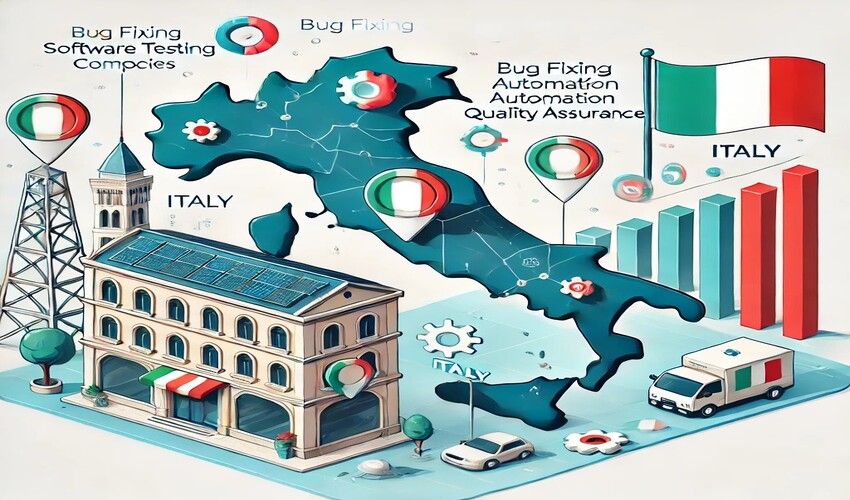Last updated on February 27th, 2023 at 10:01 am
In this fast pace world, SAP customers are struggling to keep pace with continuous updates and delivery. One major cause for this is SAP testing. In the SAP world, manual testing approach is still prevalent. However, manual testing approach has its own drawbacks. For instance, manual testing takes longer and there are also higher risks of bugs being leaked into production that might negatively impact business continuity. SAP is a complex system that supports both customization and integration. So, organizations can customize it as per their unique business needs and also integrate different legacy and third-party applications. With such ecosystem of applications, manual testing cannot be considered as sustainable.
Some challenges that QA teams face while testing SAP
One of the biggest challenge is to decide what to test and what not to test. It is really difficult for a tester to have all the knowledge such as applications, systems, workflows, process and data flows. Bringing in SAP-specific subject matter expert in the team would lead to budget overruns.
Another challenge is you need new test cases and scripts. However, as per statistics, 70% of the customers have only 30% coverage. So, inadequate testing may expose your business to risks. Apart from this, test designer needs to extract all the knowledge from subject matter expert to create more sustainable tests. Let’s take example of login credential structure. Tester should be aware of the login credential structure otherwise it would impact the test stability.
SAP frequent updates is another challenge which customers using manual testing approach are facing. QA teams need to ensure that code change with release should be bug-free, hasn’t impacted the existing customization and integration and fully functional within its own element. Since test validation depends on multiple users, steps, & functions, manual testing approach may lead to bugs slippage into production. It could lead to business disruption.
Automated Testing – For Accelerated Release & Robust Software Quality
In this era of continuous innovation, when ERP vendors like SAP are continuously expanding their products by incorporating new applications and technologies, organizations should embrace test automation to accelerate their digital transformation. In an ecosystem where business processes are supported by dozens of enterprise apps and digital platforms, test automation ensures that each application is performing as expected. By eliminating human element, automation testing increases the predictability in testing timelines. In case of SAP upgrades, organizations can gain significant benefits by bringing down testing costs up to 50 percent.
SAP Test Automation is not only time-saving but also helps QA teams to deliver faster validation and ensure early detection of problems or bugs. Apart from cost effective, automation delivers broader test coverage, better insights and also eliminates human errors.
Why do you need a Specific Test Automation Solution for SAP Specific Challenges?
Since SAP testing holds unique challenges, a dedicated SAP Test Automation solution with test management and execution capabilities can help in accelerating your release cycle. Since finding the right test automation tool is a daunting task, there are some features that you should look for while selecting the tool. Test automation tool should have features like auto-creation of test scripts, automatic capturing of test results, etc. In short, testing tool should reduce the manual efforts. The test automation tool should support test lifecycle – test planning, test execution and test validation. Creation of test scripts, workflow validation, sequence of the execution and reporting should also be included. In fact, automation tool should offer full visibility to test managers and business owners across business processes. One such tool that perfectly fits into this criteria is “OpKey”. Based on advance technologies like artificial intelligence, machine learning, & process mining, it automatically compares the updates with baseline to generate test-cases based on impacted areas. This feature offers fast, stable and reliable test automation without relying on manual resources while offering more than 90% of test coverage. SAP specific recorder along with AI/ ML reduce overall testing efforts while increasing efficiency.

















Leave a Reply